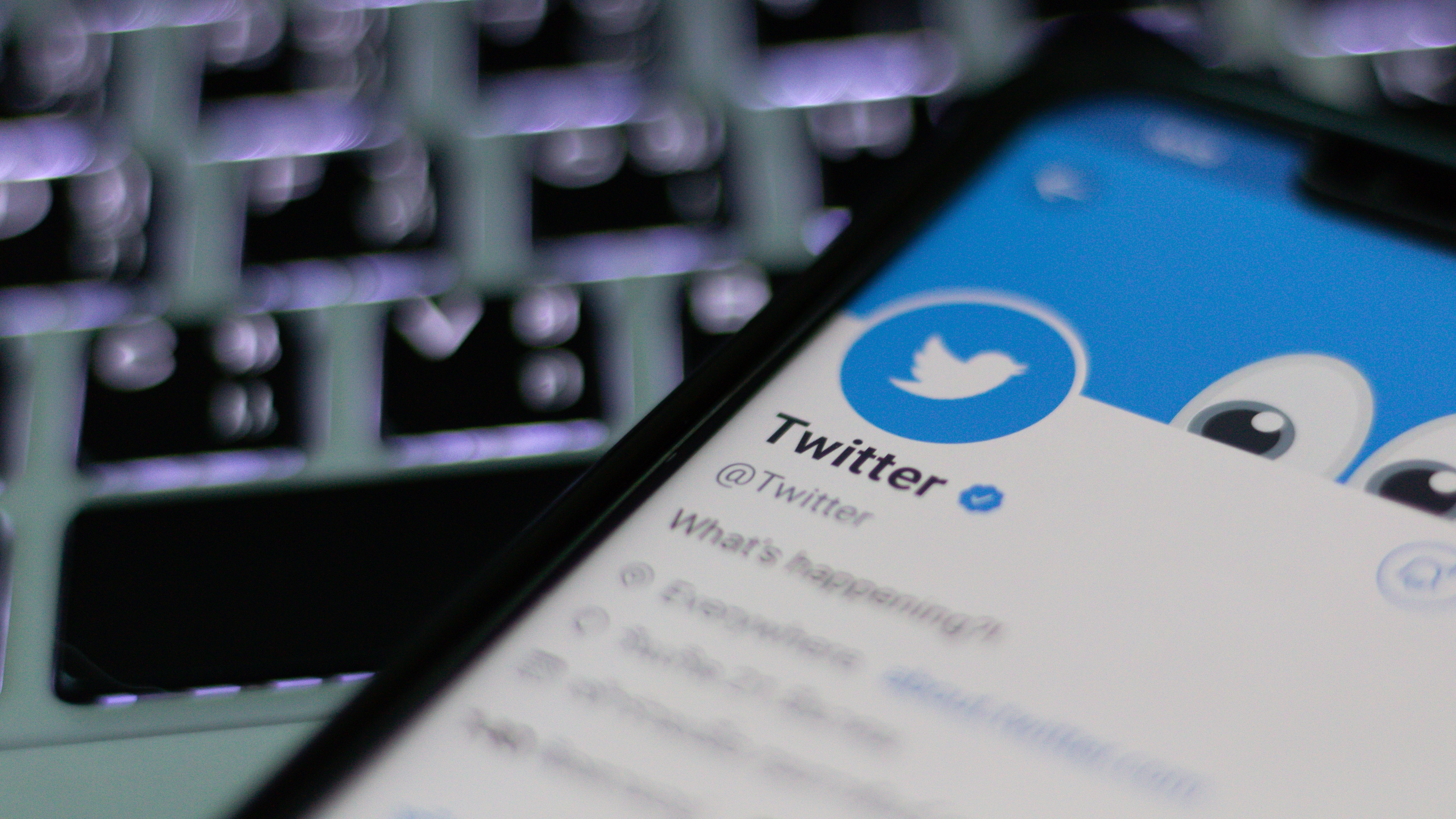How to mute people and words on Twitter
Keep your feed clean

Sometimes Twitter is a useful way to find out more about the world, and sometimes it isn't. It's helpful, then, that there's a simple way to mute or block accounts or words, hashtags and phrases you don't want to see.
This is a tool that can be as broad or narrow as you want, where you just want to block one account or strip away all the phrases in the English language that annoy you.
To show you how, we've come up with this guide on how to mute people and phrases on Twitter. Read on for a quick how-to, and scroll down for a more in-depth walkthrough.
How to mute people on Twitter
- Head to the account's profile.
- Click the 'Options' menu.
- Select 'Mute'
How to mute words on Twitter
- Head to the main Options menu.
- Click 'Privacy and Safety'.
- Scroll down to 'Safety' and click 'Muted'
- Select 'Muted words'.
- Click on the plus sign in the top corner.
- Enter the words or phrase, and tweak the settings to suit the mute.
- Click 'Save'.

How to mute people on Twitter: an in-depth guide
To mute individual accounts on Twitter, first you're going to need to head to their profile. Don't worry, you won't have to look at it for long.
Next, click the 'Options' menu, which is three dots in a circle. On browsers, this is to the left of the 'Follow' button on their profile, and on smartphones it's above it housed in the cover image.
Now just click 'Mute'. You can also block or report the account from this menu.
It's worth pointing out you can also mute accounts from their posts. Simply click the down-pointing arrow to the right of their name on the post, and then select 'Mute'. This is the same on phones and browsers.
Get daily insight, inspiration and deals in your inbox
Sign up for breaking news, reviews, opinion, top tech deals, and more.

How to mute words and phrases on Twitter: an in-depth guide
Muting words, phrases or hashtags on Twitter is a little more complicated, and it's not necessarily intuitive to work out how to do it.
Head to the Twitter 'Settings' menu. On browsers, this is the three dots in a circle at the bottom of the left-aligned toolbar, and on smartphones you simply click your account's picture in the top left of the screen from the homepage.
Once in this menu, click 'Settings and privacy' near the bottom of the list. You'll need to select it again in the next menu that pops up too.
Now, you've got a longer menu of options. Scroll down to the heading marked 'Safety', and select 'Muted words'. This is just below 'Muted accounts' on smartphones, but on browsers you'll have to click 'Muted' and then 'Muted words'.
If you've got words already muted, this is where you'll see them, but the list will be blank if this is your first time on the list. To add new words or phrases, click the plus icon, in the top right of browsers or bottom right on smartphones.
Now, add the word or phrase you want to mute, and you can add hashtags instead if you prefer. You can edit the settings, too, choosing where the word will be muted (your home timeline, or just your notifications, and who's tweeting it) as well as how long the mute will last.
When you're done, click save, in the top right for smartphones and bottom right for browsers, and the word will be added to your mute list.
Now the mute is done. Great! You can keep negativity or toxicity out of your life. If, on the other hand, you prefer screaming into a pillow to keep sane on the internet, check out all the pillows on Amazon here.

Tom Bedford joined TechRadar in early 2019 as a staff writer, and left the team as deputy phones editor in late 2022 to work for entertainment site (and TR sister-site) What To Watch. He continues to contribute on a freelance basis for several sections including phones, audio and fitness.